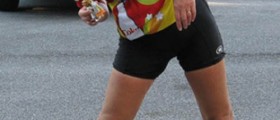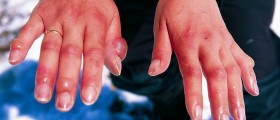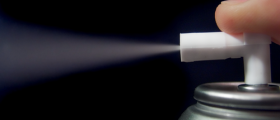
Groin pull is quite painful and rather common condition affecting people all around the world. This injury develops as a result of a tear or rupture in any one of the adductor muscles in the groin. The pain is excruciating and restricts all the activities. Such injury is most frequent among athletes, although it may also affect people who are not engaged in any kind of physical activity.
Causes of Groin Pull
The adductor muscles located in the groin area can get easily torn due to any forceful or sudden jerky movement of the lower limbs. Excessive stretching is another cause of such injury. So any kind of excess strain on the adductor muscle may result in groin pull.
Inadequate and uncontrollable movements in the groin area are commonly seen among athletes, especially runners, sprinters and jumpers. In them the affected muscles are only slightly torn. However, repetitive tears and overuse of the groin muscles may cause more complex damage and lead to more severe groin pull.
Groin Pull Clinical Characteristics
The severity of the pull and damage to the affected muscle determines the extent of the injury. All groin pulls are classified into three degrees.
The first degree groin pull is associated with pain and there is a minimal loss of strength or movement. The injured muscle is hard and tender to touch. The injured person complains about discomfort in the groin and pain that generally intensifies while walking fast or running.
The second degree groin pull is characterized by more intensive pain and complex tissue damage. The pain is described as sharp and shooting. The injured area may be swollen and the skin above it shows signs of bruising.
Finally, the third degree groin pull is a severe injury. There is a small lump in the injured area which develops as a result of torn muscle tissue. Swelling affects the groin area and spreads all over the inner thigh. The pain is unbearable and one temporarily loses the ability to walk.
Groin Pull treatment
People who have suffered groin pull apart from physical examination may initially need to undergo X-ray. This imaging study excludes damage to bony tissues of the upper leg and pelvis.
The first degree groin pull is not a severe injury and it soon heals. Plenty of rest is sufficient enough for one to recover completely.
Swelling that usually affects people with the second and the third degree groin pull requires ice packs or cold compresses and such patients also benefit from NSAIDs. Once the tear or rupture has completely healed, one may engage in stretching program which will improve muscle flexibility and allow muscle to become strong again. For the best results it is recommended to consult a well-experienced physiotherapist.

















Your thoughts on this
Loading...